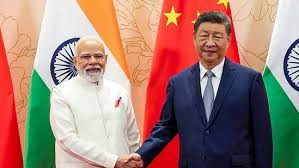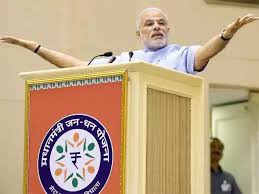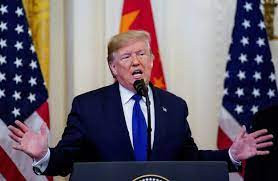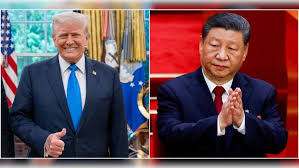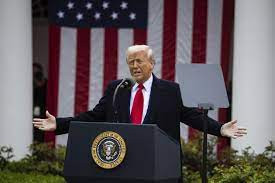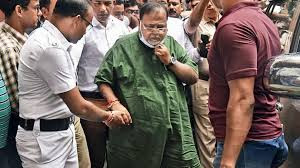Why the RBI Must Consider Front-Loading Rate Cuts to Support Economic Growth
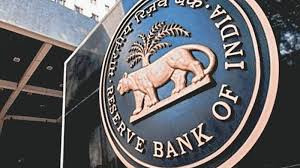
IIE DIGITAL DESK : India navigates a complex economic landscape marked by moderating inflation, slowing consumption, and global uncertainties, there is growing consensus among economists and financial experts that the Reserve Bank of India (RBI) should begin front-loading its interest rate cuts. With retail inflation gradually inching closer to the central bank's comfort zone and growth indicators showing signs of fatigue, delaying rate cuts could risk undermining the recovery momentum and curbing domestic demand. In this evolving macroeconomic scenario, a proactive monetary policy approach is not just prudent—it is necessary.
The RBI has so far maintained a cautious stance, keeping the repo rate unchanged since February 2023. While this has helped anchor inflation expectations, it has also kept borrowing costs elevated for consumers and businesses. As a result, credit growth, particularly in segments such as housing and small enterprises, has begun to lose steam. Front-loading rate cuts now would send a strong signal of confidence to the market, boost consumer sentiment, and reduce the cost of capital, thereby encouraging investments and spending.
Globally, central banks in major economies such as the US Federal Reserve and the European Central Bank are increasingly leaning toward monetary easing, albeit at a cautious pace. India, with its relatively stable currency, healthy forex reserves, and manageable fiscal deficit, is well-positioned to take a lead in initiating rate reductions. By acting early, the RBI can not only spur domestic consumption but also stay ahead of global shocks that could later limit its policy flexibility.
Another compelling reason for front-loading rate cuts lies in India’s uneven recovery. While headline GDP growth remains robust, much of the growth is being driven by government spending and a few large corporate sectors. Rural demand remains weak, and private consumption has not returned to pre-pandemic levels. A timely rate cut would ease EMI burdens, lower loan rates, and potentially catalyze a broad-based consumption recovery. This is especially vital in a country like India, where a significant portion of GDP is driven by domestic demand.
Moreover, with the general elections underway and political uncertainty likely to persist in the near term, the central bank must act independently and decisively. A calibrated yet front-loaded reduction in the repo rate—spread over the next two policy meetings—can provide the economy with a much-needed cushion. Waiting too long could leave the RBI playing catch-up, especially if external risks like rising oil prices or geopolitical tensions in the Middle East begin to intensify.
Critics of early rate cuts often cite concerns around inflation resurgence. However, recent data suggests that core inflation has been steadily declining, food inflation is relatively contained, and the overall CPI is trending closer to the 4 percent mark. This creates a narrow but crucial window for monetary easing without risking price stability. Furthermore, an accommodative stance now would support sectors such as MSMEs, housing, and manufacturing—areas that are employment-intensive and crucial for inclusive growth.
In conclusion, the RBI should not wait for textbook-perfect conditions to begin cutting rates. Economic policy, especially in a dynamic environment, must be responsive and forward-looking. By front-loading rate cuts, the RBI can stimulate credit flow, revive private investment, and ensure that India’s growth story remains on track. A delayed response could come at the cost of demand compression and missed economic opportunities.
You might also like!


